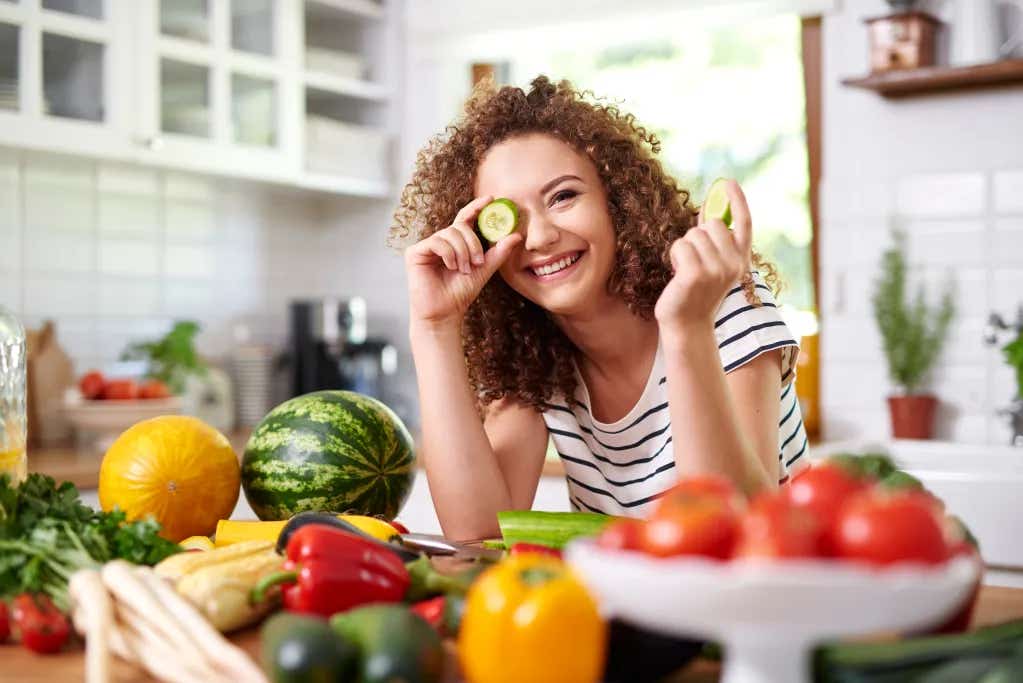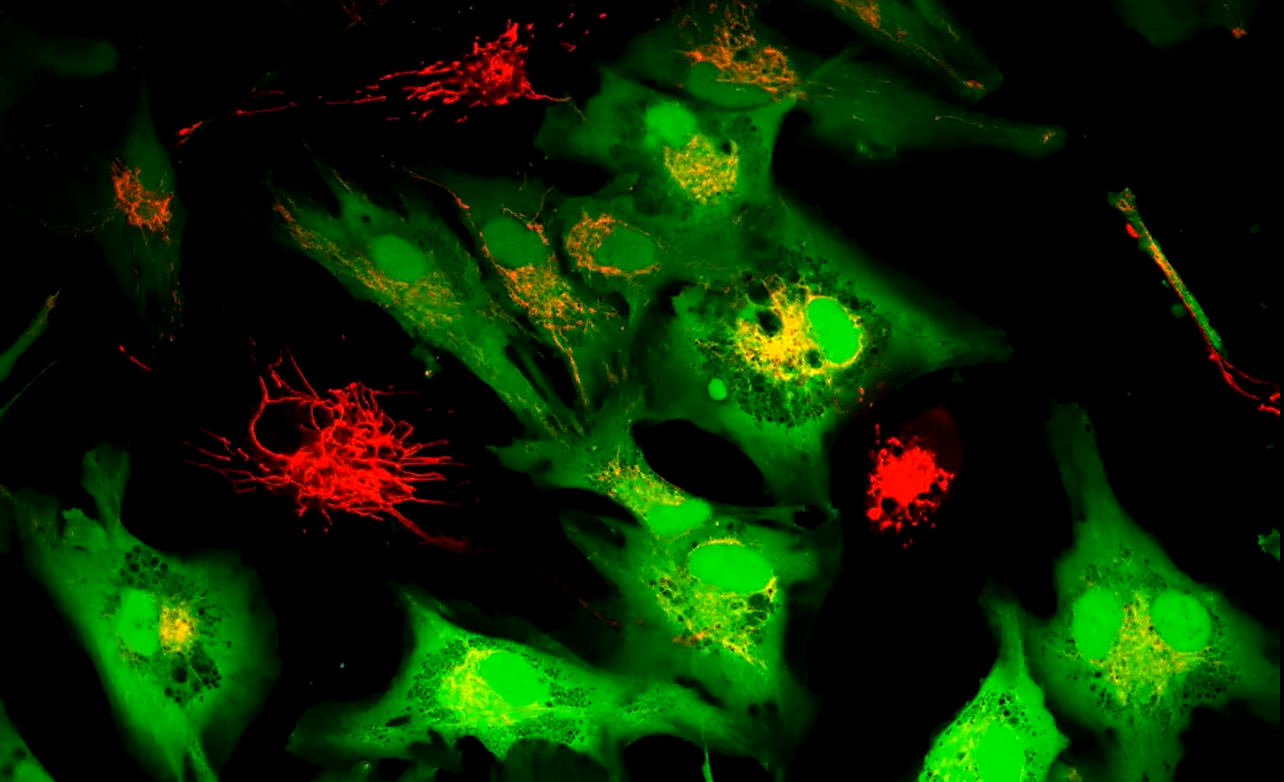Eating vegetables can protect us against air pollution
Researcher has discovered a way to mitigate the effect of air pollutants in our bodies by increasing daily intake of vegetables.

[Feb. 16, 2023: Peter Bothum, University of Delaware]
The results suggest that apiaceous vegetables may provide protection against acrolein-induced damages and inflammation. (CREDIT: Getty Images)
A University of Delaware researcher has discovered a way to mitigate the effect of air pollutants in our bodies by increasing daily intake of vegetables such as celery, carrots, parsnips, and parsley.
In a new article published in The Journal of Nutritional Biochemistry, Jae Kyeom Kim, assistant professor of behavioral health and nutrition, investigates how these vegetables from the apiaceous family protect the body from accumulation of acrolein, an irritant to the lungs and skin with a strong unpleasant odor, abundantly found in cigarette smoke and automobile exhaust.
Through a series of tests, Kim and his team analyzed how apiaceous vegetables, which are high in phytonutrients, mitigated acrolein-induced toxicities. The results portrayed how oxidative stress, triggered by acrolein, can be reduced and its impacts mitigated.
“Kim’s research discovered that apiaceous vegetables supported detoxification through an increase in antioxidant enzyme activity,” Trabulsi said. “The results suggest that apiaceous vegetables may provide protection against acrolein-induced damages and inflammation because in the liver, the vegetables enhance conversion of acrolein into a water-soluble acid for bodily excretion.”
Related Stories:
The next step was to determine a reasonable dosage amount for humans. Looking forward, Kim plans to integrate human intervention trials.
Jae Kyeom Kim discusses Nutrigenomics. (CREDIT: University of Delaware)
“When we calculated this, we determined the actual daily calorie amount of apiaceous vegetables for humans is roughly 1 and 1/3 cups per day,” Kim said. “It doesn’t require a high intake to see a difference, and this is an achievable amount in daily life.”
Jae Kyeom Kim, assistant professor of behavioral health and nutrition at the University of Delaware, discusses analyses of vegetable diet interventions with a graduate research assistant. (CREDIT: University of Delaware/ Ashley Barnas)
Kim and his team stress the importance of implementing behavioral changes in diet as a solution to combat the buildup of toxicants derived from air pollution.
“Research has identified that it is the totality of nutrients in fruits and vegetables that support beneficial health outcomes, rather than a single nutrient,” Trabulsi said. “Focusing on a healthy whole food diet is more impactful than relying on individual supplements.”
Jae Kyeom Kim (left), assistant professor, conducts nutrition research with postdoctoral researcher Jeonghoon Pan. (CREDIT: University of Delaware/ Ashley Barnas)
Other benefits of eating fruits and vegetables:
According to Harvard researchers, a diet rich in vegetables and fruits can lower blood pressure, reduce the risk of heart disease and stroke, prevent some types of cancer, lower risk of eye and digestive problems, and have a positive effect upon blood sugar, which can help keep appetite in check.
Eating non-starchy vegetables and fruits like apples, pears, and green leafy vegetables may even promote weight loss. Their low glycemic loads prevent blood sugar spikes that can increase hunger.
At least nine different families of fruits and vegetables exist, each with potentially hundreds of different plant compounds that are beneficial to health. Eat a variety of types and colors of produce in order to give your body the mix of nutrients it needs. This not only ensures a greater diversity of beneficial plant chemicals but also creates eye-appealing meals.
For more science and technology stories check out our New Discoveries section at The Brighter Side of News.
Note: Materials provided above by University of Delaware. Content may be edited for style and length.
Like these kind of feel good stories? Get the Brighter Side of News' newsletter.



